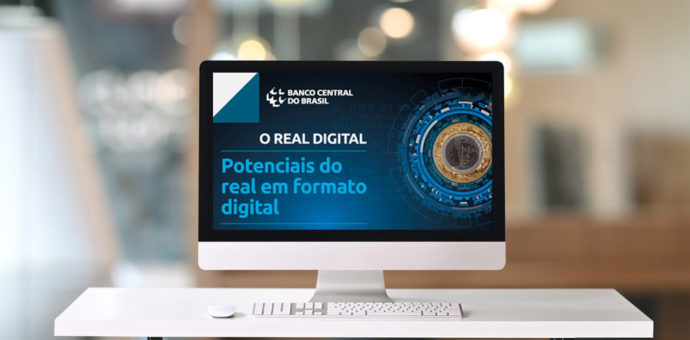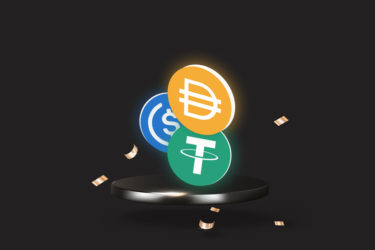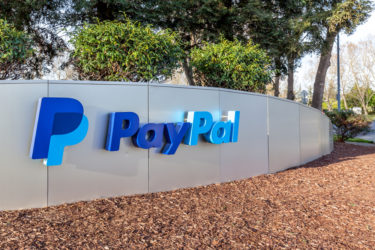The digital real, a currency being implemented by the Brazilian Central Bank, was the topic of a webinar that addressed new technologies such as smart contracts, blockchain, and security solutions. According to the Central Bank, CBCS (digital currencies issued by central banks) are different from private currencies, with different rules.
However, technology is a point of convergence between CBDCs and stablecoins, which are stable cryptocurrencies guaranteed by some kind of collateral – as it is in the case of BRZ, this guarantee is resources held in current accounts, government bonds, and cryptoassets.
Thus, while the digital real represents national fiat currency, with all the characteristics of paper money, various technologies from the crypto universe ensure its efficiency and security. “Digital money needs to evolve”, said Massachusetts Institute of Technology (MIT) professor Robert Townsend.
Brazilian real can coexist with private stablecoins
For Townsend, who is involved in the digital dollar project, smart contracts technology will allow the Brazilian digital real to become an open platform for integration between the Central Bank and the digital economy.
“Tools like NFts, DeFi and smart contracts will create a new digital economy”, he said, in the first webinar of a series that the Central Bank will hold in the second half of 2021, aimed at discussing the creation and implementation of a national digital currency.
For the MIT expert, the role of public banks is to ensure the welfare of society by providing security for monetary systems. However, private currencies, such as stablecoins, can coexist with fiat money – depending on the regulations to be created. In his assessment, the national CBDC can become an open platform for integration between the Central Bank and the digital economy by creating smart contracts.
According to him, depending on the technology used, BC can integrate the real digital with private stablecoins, such as BRZ, with connected applications. “The platform would be from the Central Bank, but the private sector could build applications integrated into it through smart contracts”, he said.
Systems complement each other to reduce standard currency frictions
“The digital real will continue to be controlled and operated by the conventional payment system, as well as its applied rules under the supervision of the Central Bank”, analyzed the professor of the Business School of the Getúlio Vargas Foundation, Eduardo Diniz. “Its logic is the same as that of fiat money”.
For the director of the Financial System Organization and Resolution of the Central Bank, João Manoel Pinho de Mello, the digital real will not replace other means of payment. Still, it will be a supplemental digital alternative to cover gaps and overcome frictions of the standard currency, providing greater balance to the financial system.







